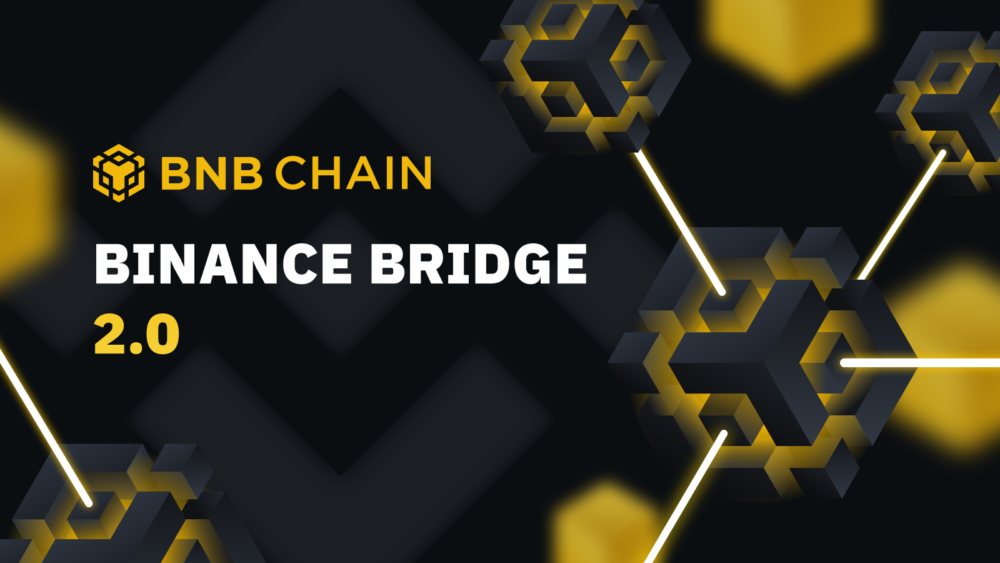
March 29, 2022 – Binance, the world’s leading blockchain ecosystem and cryptocurrency infrastructure provider, has launched Binance Bridge 2.0, which allows users to quickly and securely bridge assets from any blockchain to the BNB Chain, enabling users to access CeFi and DeFi products directly within the Binance app.
Binance Bridge 2.0 is the successor to the previously launched Binance Bridge. Binance Bridge 2.0 has a wider token universe, a better user experience, and lower maintenance costs.
With this launch, Binance reaffirms its commitment to accelerating the adoption of cryptocurrencies and DeFi innovation. Binance users can now bridge a variety of unlisted tokens onto the BNB Smart Chain as B-Tokens. The bridged tokens that are listed on Binance will be stored in the Funding or Spot Wallet, while unlisted bridged tokens will be transferred to the Funding Wallet.
When users search for tokens that are not listed on the Binance app but are supported by Binance Bridge 2.0, users can “bridge in” or “bridge out” the tokens between their native blockchains and BNB Smart Chain via normal deposit and withdrawal functions. In the future, Binance mobile app will provide a better version of user experience to facilitate such conversion by one button click.
“DeFi is driving the creation of cutting-edge use cases for Web3 including NFTs, gaming, metaverse, and MetaFi. With Binance Bridge 2.0, we can make DeFi accessible to a larger audience worldwide, while still providing the seamless user experience that CeFi provides. We are already seeing tremendous adoption of the PancakeSwap Miniapp. Binance Bridge 2.0 is a transformative step and I am very excited to see how this makes Web3 accessible to a billion+ users,” said Mayur Kamat, Head of Product at Binance.
Binance has implemented a brand new, automated B-Token circulation control system in Binance Bridge 2.0. Binance will not maintain a surplus of “pegged” tokens except for a buffer size in hot wallets, and will print additional tokens when users withdraw “pegged” tokens onto BNB Smart Chain.
All other circulation will be backed by the native tokens deposited by the users from the original blockchains, which can be observed from the cold and hot wallets of Binance on those blockchains. When users want to switch from the “pegged” tokens back to the original tokens, they can deposit the “pegged” tokens into Binance and withdraw the original tokens. The excessive tokens will be swept to the cold wallet and burnt automatically. This is visible on Binance’s cold and hot wallets on the BNB Smart Chain.
